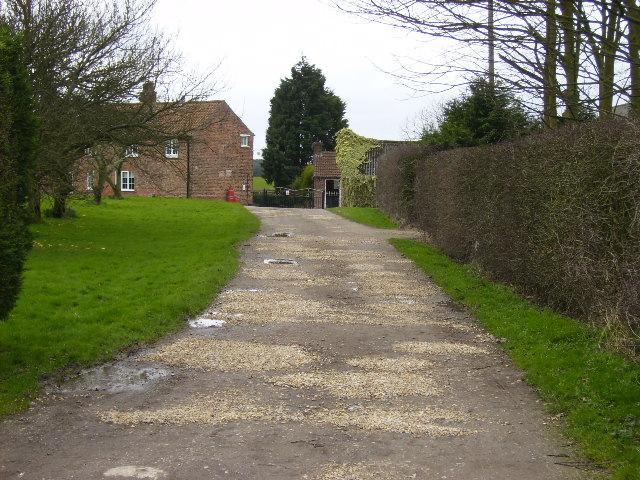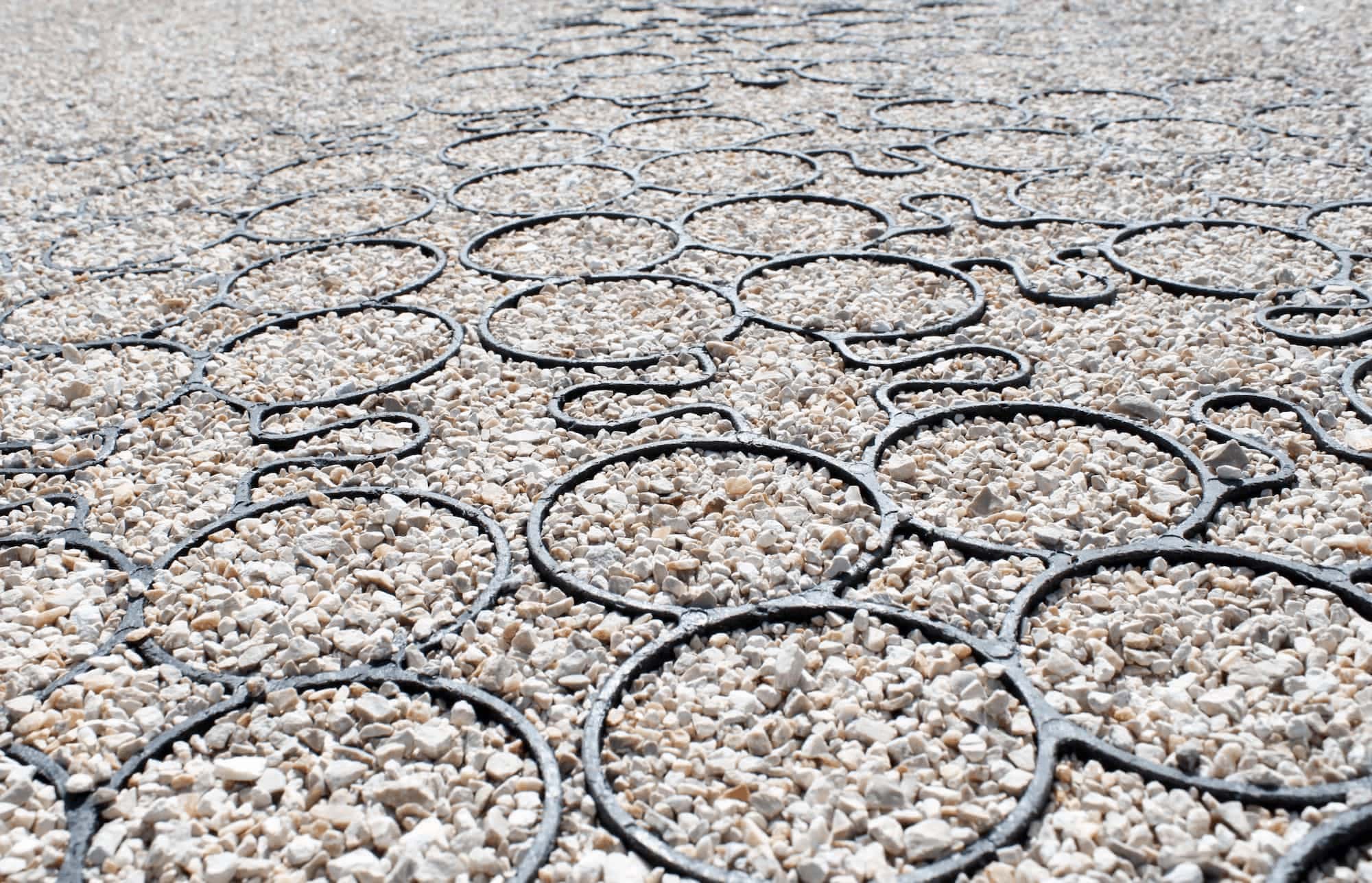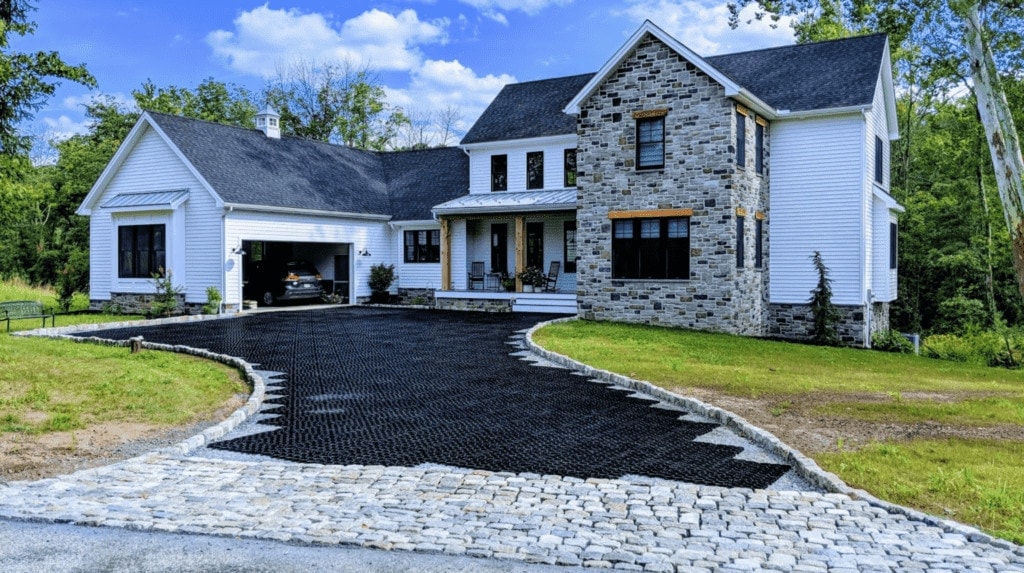For those of us who live on the beach or in a sandy area, driveways can be a real concern. Sand is one of the least cooperative materials to build pavement on, which is why you don’t see asphalt or concrete pavement laid directly on sand. Sand is unsteady and it shifts.
It also soaks up water which changes its composition greatly. All of these factors contribute to making sand completely incompatible with impermeable pavement such as asphalt and concrete. However, where there’s a will, there’s a way. That way is permeable pavement, of course.

Permeable pavement can be installed in such a way that it stays firmly in place and is unaffected by any amount of water that gets on it. It cannot flood when properly installed, and some types of permeable pavement are even impervious to common outside influences such as UV rays, wind, and other factors which would normally degrade other types of pavement.
If you live on the beach or in a sandy area where you need a place to park your vehicles, let’s look at the easiest and most efficient way to build a gravel driveway on sand.
Sand Requires a Special Paving Solution

Sand is maybe the single hardest material to work with when trying to lay pavement. For this reason, only permeable pavement will stand up in a sandy environment.
However, not all permeable pavement is created equal. Some types of permeable pavement such as loose gravel, interlocking concrete pavers, porous concrete, and porous asphalt are unsuitable for use on sand.
This is because, among other things, they are not rooted in the soil at all. Interlocking concrete pavers can be rooted in the soil on top of a sub-base, but the cracks between the pavers would easily become clogged with sand and mud. The other types of pavement mentioned would shift and move too easily to be relied on for building a driveway over sand.
Only TRUEGRID Can Create a Long-Lasting Driveway on Sand

The only suitable material for building a driveway that will last a long time, remain sturdy, and not require much maintenance is permeable plastic pavement. Permeable plastic pavers like those made by TRUEGRID are perfectly suited for use in sandy areas as well as all other types of terrain.
What makes these pavers the only option to stabilize a sand driveway is the fact that they are laid over the top of a sub-base that is filled with gravel. Most often, the sub-base only reaches a depth 8 inches, but your driveway can be excavated to whatever depth is necessary to provide a stable sub-base for the pavers.
The installation process is also surprisingly easy for TRUEGRID PRO LITE and TRUEGRID PRO PLUS pavers. First, the driveway is excavated to the proper depth. Then, a piece of fabric is laid at the bottom of the pit to prevent gravel from migrating into the soil and to act as a weed block. Next, the excavated area is filled to the brim with gravel which is then compacted until it’s level and solid. Afterward, TRUEGRID permeable pavers are snapped together into place over the gravel pit. They fit together as easily as LEGO blocks.
Finally, more gravel, usually of a finer grade, is poured into the top of the pavers and can be easily compacted into their empty cells with a vehicle or heavy roller. This fills the cells with gravel and keeps them in place without allowing them to shift, even under heavy traffic. This is the entire installation process in a nutshell and it can take as little as one day to complete. Family members can even help out!

Once your sand and gravel driveway is finished, you’ll have a sturdy, durable, level surface with plenty of traction for your vehicles. Your TRUEGRID permeable paver driveway will only require minimal maintenance throughout its lifetime, and the pavers can last up to 40 years before needing to be replaced. They won’t be eroded by wind, water, or sand, or UV rays.
TRUEGRID permeable pavers are stylistically diverse and eco-friendly. There are many different types and colors of gravel that can be used to create various designs.
They can drain an incredible amount of liquid per hour with ease, so you’ll never have to worry about flooding from rainstorms. They also greatly reduce the chance of mud getting on your vehicle from wet sand.
TRUEGRID Is the Perfect Solution to Building a Driveway on Sand
If you want to know how to build a driveway on sand, TRUEGRID permeable pavers are the answer. They are more durable than any other permeable pavement material, and they will never flood from rain and won’t shift or require extensive maintenance either. If you’re looking for the number one paving on sand solution, be sure to call TRUEGRID today for a quote.



